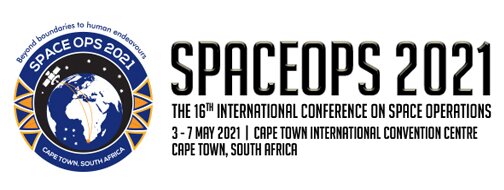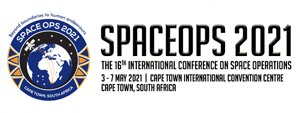Topic and Sub-Topics
The SpaceOps 2021 Technical Program Committee, composed of experts from the major space organizations in the world, will prepare an ambitious program focused on today’s achievements in space operations and outlining trends in the operations of future missions. The conference program will bring together experienced and young professionals, as well as students, from all over the world to discuss the current status and future ideas of space operations. The program consists of presentations in the following areas:
| 1.Mission Design and Management [MDM] | 2.Operations Concepts [OC] |
|---|---|
|
|
| 3.Flight Execution [FE] | 4.Ground Systems Engineering [GSE] |
|---|---|
|
|
| 5.Data Management [DM] | 6.Planning and Scheduling [PS] |
|---|---|
|
|
| 7.Guidance, Navigation, and Control [GNC] | 8.Communications Architectures and Networks [CAN] |
|---|---|
|
|
| 9.Human Spaceflights and Operations [HSO] | 10.Cross Support, Interoperability, and Standards [CSIS] |
|---|---|
|
|
| 11.Human Factors, Training and Knowledge Transfer [HFT] | 12.Space Transportation Operations [STO] |
|---|---|
|
|
| 13.Artificial Intelligence for Space Operations [Al] | 14.Cyber Security for Space Operations [CYB] |
|---|---|
|
|
| 15.Safety and Sustainability of Space Operations [SSU] | 16.Beyond Borders in Human Endeavour [BBO] |
|---|---|
|
|

